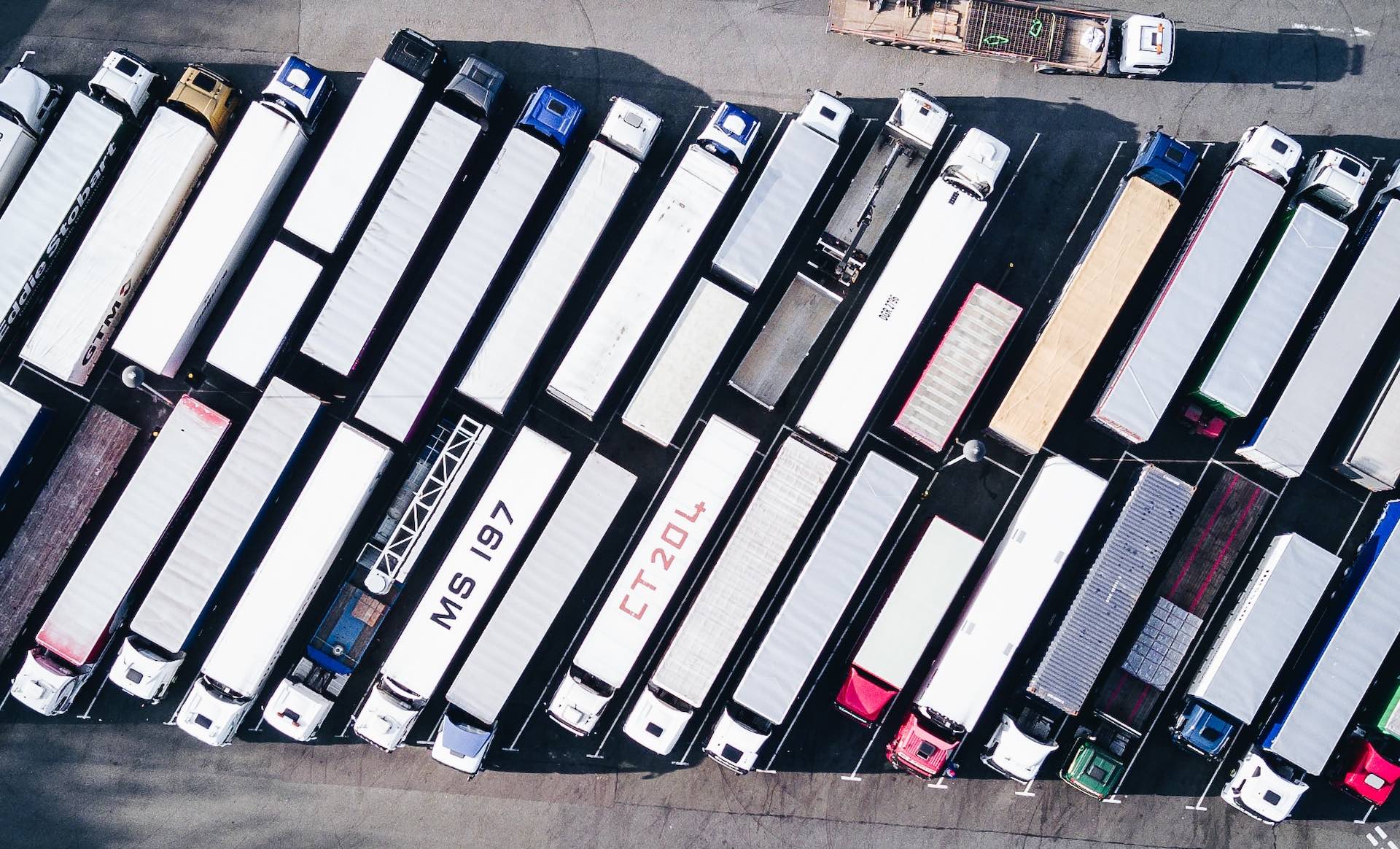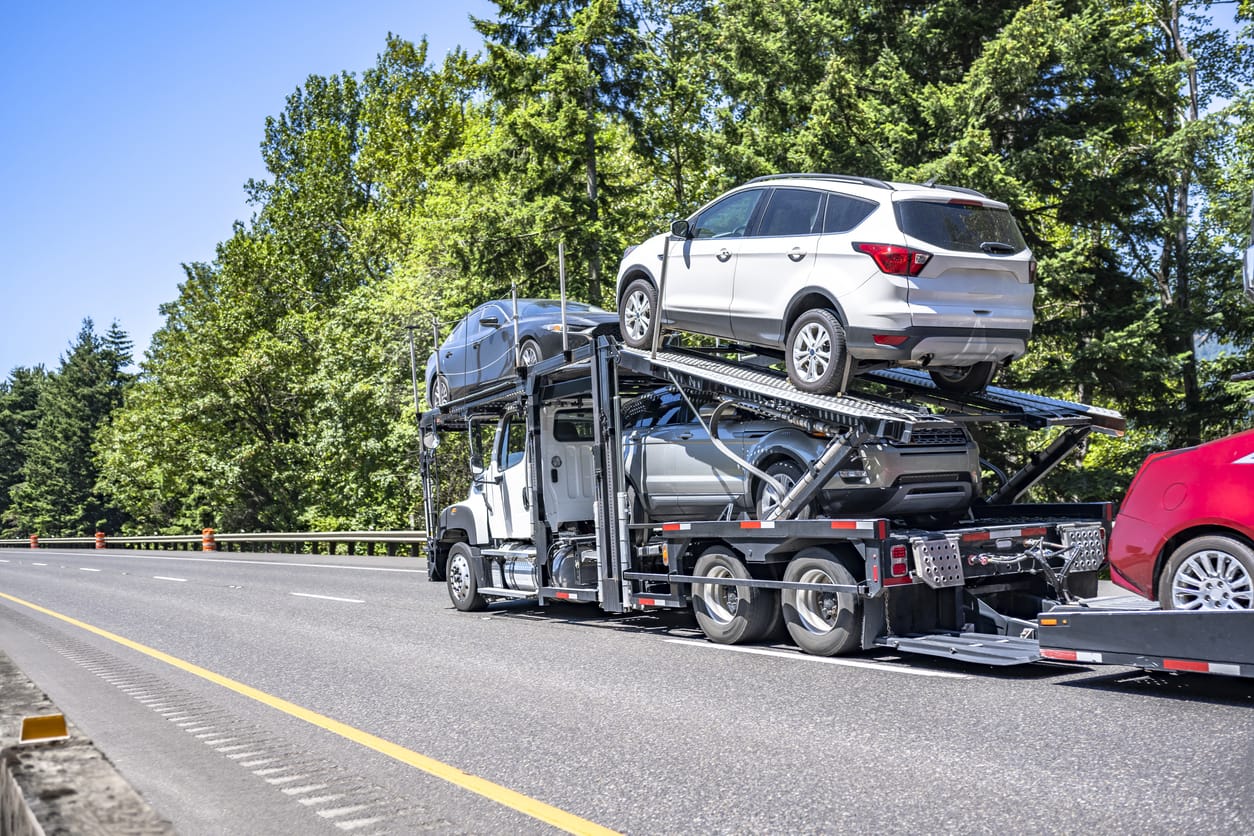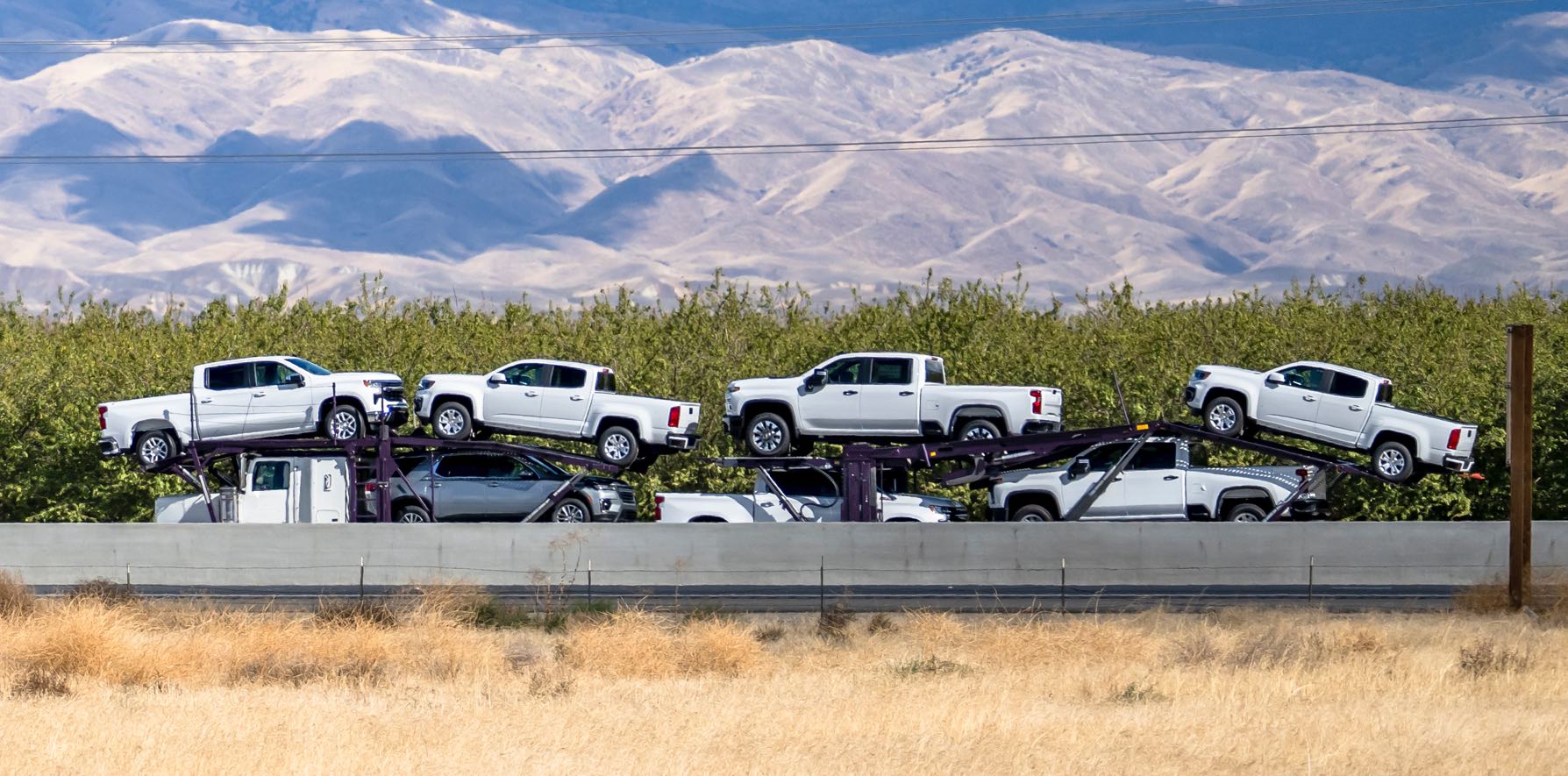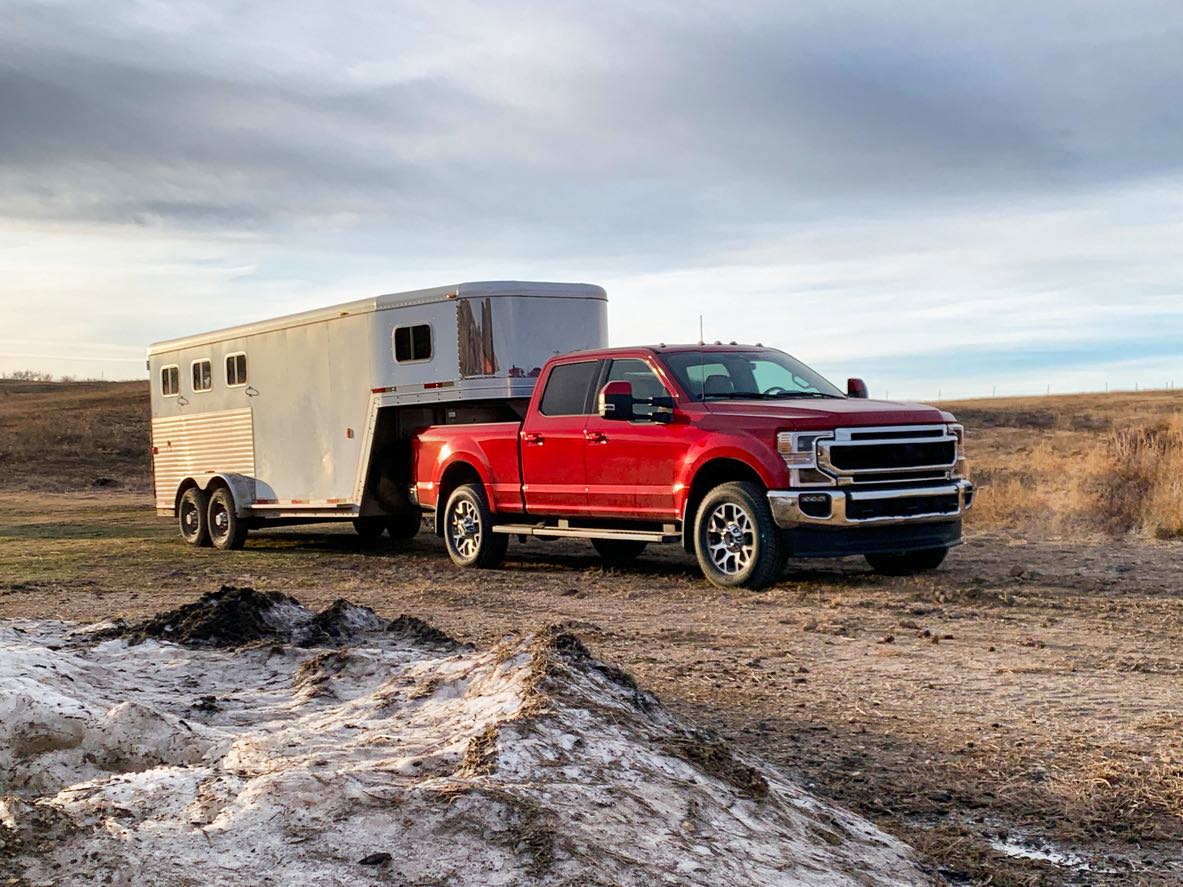Whether you’re shipping heavy equipment, construction materials, or vehicles, choosing the right shipping method is integral to your cargo’s safe and timely delivery. Among the various shipping methods available, flatbed and enclosed car shipping are two popular methods.
But which method is suitable for you? In this guide, we’ll explore the differences between flatbed and enclosed car shipping to help you choose the right transportation method for your cargo.
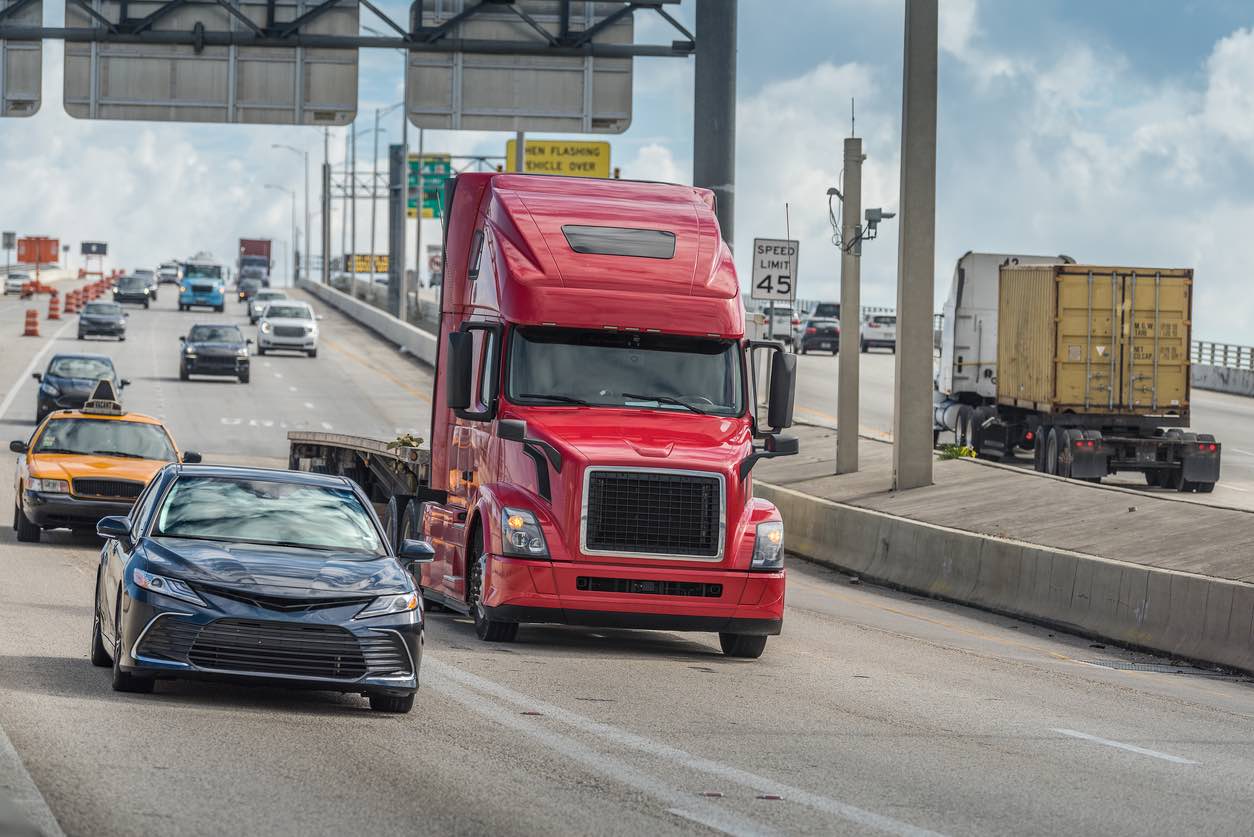
Flatbed shipping involves transporting cargo on an open trailer with no sides or roof. The flatbed trailer typically consists of a flat, open platform that offers adequate space for loading and securing different types of cargo. Flatbed carriers are usually used to transport bulky items that can’t fit in a standard enclosed trailer.
Some common cargo flatbed carriers are used to ship include:
- Oversized and heavy equipment like tractors, cranes, and forklifts
- Construction materials like concrete pipes, steel beams, and roofing materials
- Industrial tanks and containers
- Vehicles like large pickup trucks
- Prefabricated structures like modular homes
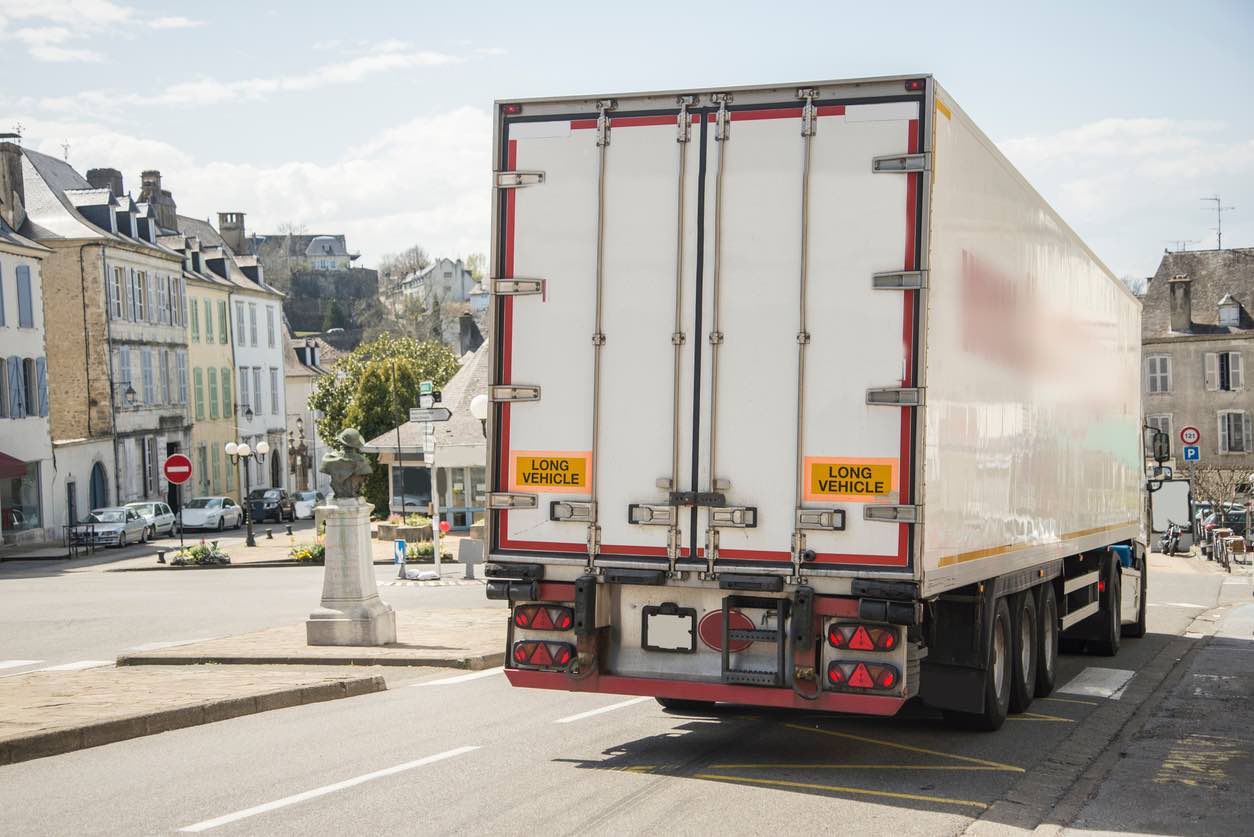
Enclosed shipping involves transporting goods in a completely enclosed trailer. The method protects and secures goods in transit by shielding them from the elements, debris, and potential theft.
Some common items enclosed carriers ship include:
- High-value cars like exotic and vintage cars
- High-value goods like jewelry, jewelry, and antiques
- Trade show exhibits and displays
- Sensitive documents like archival materials and legal documents
- Fragile goods like glassware, fine china, and ceramics
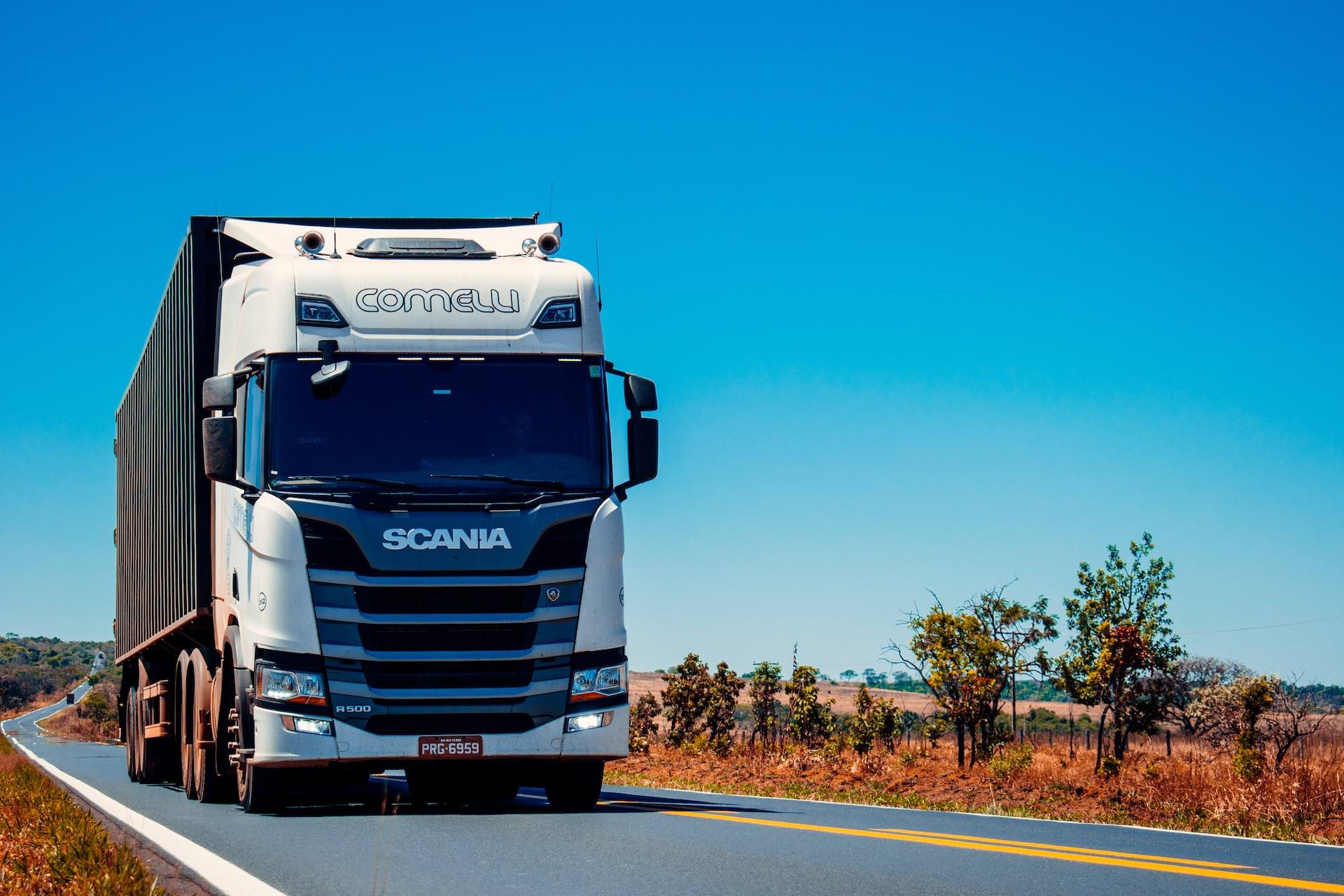
Flatbed and enclosed car shipping differ in various ways. Here are the key differences between the two shipping methods:
Flatbed carriers transport cargo on an open platform without any sides or a roof. As a result, it’s easy to load and unload large and unwieldy items on flatbed carriers. Conversely, enclosed carriers transport cargo inside a protective container with solid walls, a roof, and rear doors. This makes loading and unloading bulky items on enclosed careers more challenging.
Flatbed carriers leave cargo exposed to the elements and debris, making goods in transit more susceptible to weather-related damage.
On the other hand, enclosed shipping offers better protection against the elements. Enclosed carriers shield cargo from rain, snow, dust, sleet, excessive sunlight, and other environmental elements, reducing the risk of damage to goods. This quality makes enclosed carriers better suited for transporting high-value items vulnerable to weather damage, like luxury cars and expensive artwork.

Flatbed shipping is versatile and can accommodate oversized, bulky, and irregularly shaped cargo that may not fit in an enclosed trailer. Open carriers allow for flexibility in loading, unloading, and securing various types of cargo, such as heavy equipment, construction materials, and large vehicles.
Conversely, while enclosed shipping offers less flexibility in terms of accommodating large items, it’s better suited for transporting smaller, fragile, and high-value goods that are vulnerable to damage.
Flatbed shipping is generally less costly than enclosed shipping. This is primarily because flatbed carriers can haul more cargo than enclosed carriers, allowing for higher payload capacity and lower shipping costs. Enclosed shipping costs more because it requires specialized trailers, weatherproofing, and enhanced security measures.
Flatbed shipping provides easier access to cargo from any angle, allowing for more convenient loading and unloading. This feature makes flatbed shipping perfect for cargo that requires crane or forklift access. It also makes flatbed shipping ideal for cargo that requires hauling from shipping terminals.
Conversely, while enclosed shipping may offer rear or side door access, it offers more limited access points depending on the type of trailer used.
Flatbed carriers don’t offer temperature control capabilities. On the other hand, enclosed carriers provide temperature control. This quality makes them ideal for shipping items with special handling requirements, like perishable foodstuff and medicine.
Commonly known as reefers, enclosed carriers equipped with refrigeration ensure the proper temperature is maintained throughout transit.

Here are some situations when you should opt for flatbed shipping rather than enclosed shipping:
- You’re transporting massive and bulky cargo that can’t fit in an enclosed carrier. This may include cargo like heavy equipment, construction materials, and pipes.
- You’re transporting cargo that requires loading and unloading using cranes and forklifts.
- You’re shipping cargo that requires fastening using straps or chains during transportation to ensure it remains stable and safe.
- You’re transporting a variety of goods, such as large vehicles, heavy equipment, and other heavy items.
- You want an expedited delivery.

Here are some situations when you should opt for enclosed shipping rather than flatbed shipping:
- You’re transporting cargo that’s sensitive to inclement weather or extreme temperatures.
- You’re transporting cargo that’s fragile and susceptible to damage.
- You’re transporting high-value cargo like luxury cars or valuable artwork.
- You’re transporting confidential items like legal papers.
- You’re transporting cargo that requires special-handling requirements, such as temperature-controlled transportation.
When it comes to shipping cargo, there’s no one-size-fits-all shipping method. Depending on your needs, you may prefer flatbed to enclosed shipping and vice versa. Regardless of your preferred shipping method, at Ship A Car, we offer both flatbed and enclosed shipping. Contact us today to receive a quote or to learn more about our various shipping options.
